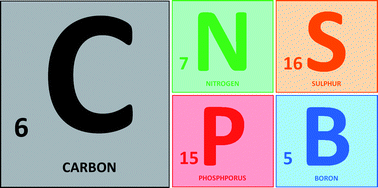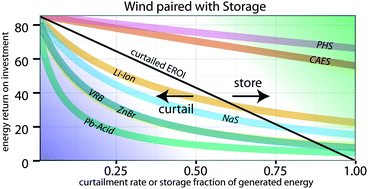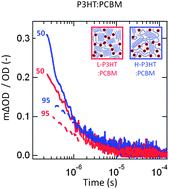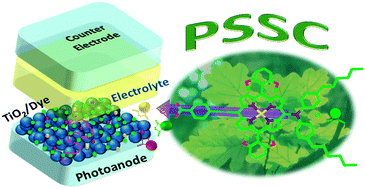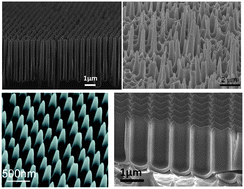|
The RSC would like to share with you a collection of recent books and articles from our journals in the areas of solar fuels and artificial photosynthesis.

You can read all articles for free until the 31st October 2013 by clicking on the links below.
We hope that you enjoy the collection!
Did you know that the RSC has put together a webpage on Solar Fuels, which brings together information on activities for scientists, policymakers, educators and young people? Take a look today…
We have also put together a collection of articles on solar photovoltaics. You can view this collection here…
|
Some books on solar fuels…
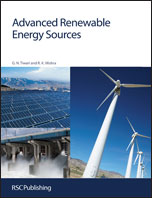 Advanced Renewable Energy Sources
Advanced Renewable Energy Sources
Authors: Gopal Nath Tiwari and Rajeev Kumar Mishra
Solar Energy Conversion
Editor: Piotr Piotrowiak
Energy Issues
A set of four books on energy from the Issues in Environmental Science and Technology Series, edited by Roy Harrison and Ron Hester
The PDFs of the front matter, table of contents and first chapter of these e-books are free to view…
Solar Hydrogen: Fuel of the Future
Authors: Mario Pagliaro, Athanasios G Konstandopoulos
Molecular Solar Fuels
Editors: Thomas J Wydrzynski, Warwick Hillier
Related themed issues and web collections
These themed collections might be of interest. Have a look…
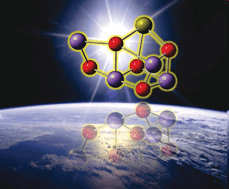 Solar Fuels themed issue in Chemical Society Reviews (Chem. Soc. Rev., 2013, Issue 5).
Solar Fuels themed issue in Chemical Society Reviews (Chem. Soc. Rev., 2013, Issue 5).
Find more information in the excellent Editorial by Siddharth Dasgupta, Bruce S. Brunschwig, Jay R. Winkler and Harry B. Gray.
Recent Advances in Solar Energy Conversion and Utilization
This is a themed issue containing articles from the journals Energy & Environmental Science, Physical Chemistry Chemical Physics (PCCP) and RSC Advances, and guest edited by Ranjit Koodali and Velu Subramani.
A centenary for solar fuels
This is an online collection put together in celebration of 100 years since Ciamician’s landmark paper, ‘The Photochemistry of the Future’.
Opinions and Analysis
Artificial photosynthesis as a frontier technology for energy sustainability
Thomas Faunce, Stenbjorn Styring, Michael R. Wasielewski, Gary W. Brudvig, A. William Rutherford, Johannes Messinger, Adam F. Lee, Craig L. Hill, Huub deGroot, Marc Fontecave, Doug R. MacFarlane, Ben Hankamer, Daniel G. Nocera, David M. Tiede, Holger Dau, Warwick Hillier, Lianzhou Wang and Rose Amal
Energy Environ. Sci., 2013, DOI: 10.1039/C3EE40534F, Opinion
Energy and environment policy case for a global project on artificial photosynthesis
Thomas A. Faunce, Wolfgang Lubitz, A. W. (Bill) Rutherford, Douglas MacFarlane, Gary F. Moore, Peidong Yang, Daniel G. Nocera, Tom A. Moore, Duncan H. Gregory, Shunichi Fukuzumi, Kyung Byung Yoon, Fraser A. Armstrong, Michael R. Wasielewski and Stenbjorn Styring
Energy Environ. Sci., 2013, DOI: 10.1039/C3EE00063J, Opinion
Technical and economic feasibility of centralized facilities for solar hydrogen production via photocatalysis and photoelectrochemistry
Blaise A. Pinaud, Jesse D. Benck, Linsey C. Seitz, Arnold J. Forman, Zhebo Chen, Todd G. Deutsch, Brian D. James, Kevin N. Baum, George N. Baum, Shane Ardo, Heli Wang, Eric Miller and Thomas F. Jaramillo
Energy Environ. Sci., 2013, DOI: 10.1039/C3EE40831K, Analysis
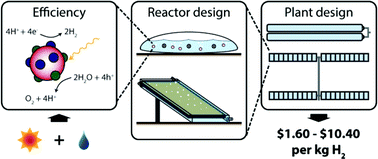
Tutorial Reviews
Comparison of primary oxidants for water-oxidation catalysis
Alexander R. Parent, Robert H. Crabtree and Gary W. Brudvig
Chem. Soc. Rev., 2013, DOI: 10.1039/C2CS35225G
Organic molecules as mediators and catalysts for photocatalytic and electrocatalytic CO2 reduction
Yeonji Oh and Xile Hu
Chem. Soc. Rev., 2013, DOI: 10.1039/C2CS35276A
Reviews, Perspectives, Applications and Frontiers
“In rust we trust”. Hematite – the prospective inorganic backbone for artificial photosynthesis
Debajeet K. Bora, Artur Braun and Edwin C. Constable
Energy Environ. Sci., 2013, DOI: 10.1039/C2EE23668K, Perspective
Long-lived charge separated states in nanostructured semiconductor photoelectrodes for the production of solar fuels
Alexander J. Cowan and James R. Durrant
Chem. Soc. Rev., 2013, DOI: 10.1039/C2CS35305A, Review
Functional mesoporous materials for energy applications: solar cells, fuel cells, and batteries
Youngjin Ye, Changshin Jo, Inyoung Jeong and Jinwoo Lee
Nanoscale, 2013, DOI: 10.1039/C3NR00176H, Feature Article
Molecular systems for light driven hydrogen production
William T. Eckenhoff and Richard Eisenberg
Dalton Trans., 2012, DOI: 10.1039/C2DT30823A, Perspective
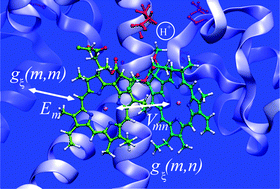 Understanding photosynthetic light-harvesting: a bottom up theoretical approach
Understanding photosynthetic light-harvesting: a bottom up theoretical approach
Thomas Renger and Frank Müh
Phys. Chem. Chem. Phys., 2013, DOI: 10.1039/C3CP43439G, Perspective
Applications of metal oxide materials in dye sensitized photoelectrosynthesis cells for making solar fuels: let the molecules do the work
Leila Alibabaei, Hanlin Luo, Ralph L. House, Paul G. Hoertz, Rene Lopez and Thomas J. Meyer
J. Mater. Chem. A, 2013, DOI: 10.1039/C2TA00935H, Application
Splitting water with rust: hematite photoelectrochemistry
Thomas W. Hamann
Dalton Trans., 2012, DOI: 10.1039/C2DT30340J, Frontier
Metal sulphide semiconductors for photocatalytic hydrogen production
Kai Zhang and Liejin Guo
Catal. Sci. Technol., 2013, DOI: 10.1039/C3CY00018D, Minireview
Water oxidation catalysed by manganese compounds: from complexes to ‘biomimetic rocks’
Mathias Wiechen, Hans-Martin Berends and Philipp Kurz
Dalton Trans., 2012, DOI: 10.1039/C1DT11537E, Perspective
Bio-inspired artificial light-harvesting antennas for enhancement of solar energy capture in dye-sensitized solar cells
Fabrice Odobel, Yann Pellegrin and Julien Warnan
Energy Environ. Sci., 2013, DOI: 10.1039/C3EE24229C, Perspective
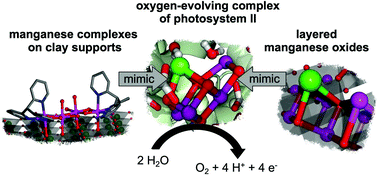
Original Research Articles
Novel nanographene/porphyrin hybrids – preparation, characterization, and application in solar energy conversion schemes
Daniel Kiessling, Rubén D. Costa, Georgios Katsukis, Jenny Malig, Fabian Lodermeyer, Sebastian Feihl, Alexandra Roth, Leonie Wibmer, Matthias Kehrer, Michel Volland, Pawel Wagner, Gordon G. Wallace, David L. Officer and Dirk M. Guldi
Chem. Sci., 2013, DOI: 10.1039/C3SC51026C, Edge Article
Oxygen-tolerant coenzyme A-acylating aldehyde dehydrogenase facilitates efficient photosynthetic n-butanol biosynthesis in cyanobacteria
Ethan I. Lan, Soo Y. Ro and James C. Liao
Energy Environ. Sci., 2013, DOI: 10.1039/C3EE41405A, Paper
3D branched nanowire heterojunction photoelectrodes for high-efficiency solar water splitting and H2 generation
Ke Sun, Yi Jing, Chun Li, Xiaofeng Zhang, Ryan Aguinaldo, Alireza Kargar, Kristian Madsen, Khaleda Banu, Yuchun Zhou, Yoshio Bando, Zhaowei Liu and Deli Wang
Nanoscale, 2012, DOI: 10.1039/C2NR11952H, Paper
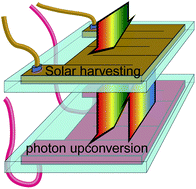 Photon upconversion facilitated molecular solar energy storage
Photon upconversion facilitated molecular solar energy storage
Karl Börjesson, Damir Dzebo, Bo Albinsson and Kasper Moth-Poulsen
J. Mater. Chem. A, 2013, DOI: 10.1039/C3TA12002C, Communication
High photo-electrochemical activity of thylakoid–carbon nanotube composites for photosynthetic energy conversion
Jessica O. Calkins, Yogeswaran Umasankar, Hugh O’Neill and Ramaraja P. Ramasamy
Energy Environ. Sci., 2013, DOI: 10.1039/C3EE40634B, Paper
A model for efficient, semiconductor-free solar cells via supersensitized electron transfer cascades in photogalvanic devices
Jonathan E. Halls and Jay D. Wadhawan
Phys. Chem. Chem. Phys., 2013, DOI: 10.1039/C3CP00072A, Paper
Generation of fuel from CO2 saturated liquids using a p-Si nanowire ‖ n-TiO2 nanotube array photoelectrochemical cell
Thomas J. LaTempa, Sanju Rani, Ningzhong Bao and Craig A. Grimes
Nanoscale, 2012, DOI: 10.1039/C2NR00052K, Communication
Bicrystalline TiO2 with controllable anatase–brookite phase content for enhanced CO2 photoreduction to fuels
Huilei Zhao, Lianjun Liu, Jean M. Andino and Ying Li
J. Mater. Chem. A, 2013, DOI: 10.1039/C3TA11226H, Paper
Diatom frustules as light traps enhance DSSC efficiency
Jeremiah Toster, K. Swaminathan Iyer, Wanchun Xiang, Federico Rosei, Leone Spiccia and Colin L. Raston
Nanoscale, 2013, DOI: 10.1039/C2NR32716C, Communication
Stabilizing inorganic photoelectrodes for efficient solar-to-chemical energy conversion
Syed Mubeen, Joun Lee, Nirala Singh, Martin Moskovits and Eric W. McFarland
Energy Environ. Sci., 2013, DOI: 10.1039/C3EE40258D, Paper
Ternary Ti–Mo–Ni mixed oxide nanotube arrays as photoanode materials for efficient solar hydrogen production
Nageh K. Allam, Nourhan M. Deyab and Nabil Abdel Ghany
Phys. Chem. Chem. Phys., 2013, DOI: 10.1039/C3CP52076E, Paper
Transition metal oxide alloys as potential solar energy conversion materials
Maytal Caspary Toroker and Emily A. Carter
J. Mater. Chem. A, 2013, DOI: 10.1039/C2TA00816E, Paper
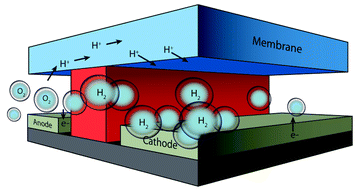 Integrated microfluidic test-bed for energy conversion devices
Integrated microfluidic test-bed for energy conversion devices
Miguel A. Modestino, Camilo A. Diaz-Botia, Sophia Haussener, Rafael Gomez-Sjoberg, Joel W. Ager and Rachel A. Segalman
Phys. Chem. Chem. Phys., 2013, DOI: 10.1039/C3CP51302E, Communication
Photocatalytic conversion of CO2 and H2O to fuels by nanostructured Ce-TiO2/SBA-15 composites
Cunyu Zhao, Lianjun Liu, Qianyi Zhang, Jun Wang and Ying Li
Catal. Sci. Technol., 2012, DOI: 10.1039/C2CY20346D, Paper
Composite plasmonic gold/layered double hydroxides and derived mixed oxides as novel photocatalysts for hydrogen generation under solar irradiation
Gabriela Carja, Mihaela Birsanu, Kiyoshi Okada and Hermenegildo Garcia
J. Mater. Chem. A, 2013,1,DOI: 10.1039/C3TA11569K, Paper
Binary ionic porphyrin nanosheets: electronic and light-harvesting properties regulated by crystal structure
Yongming Tian, Christine M. Beavers, Tito Busani, Kathleen E. Martin, John L. Jacobsen, Brandon Q. Mercado, Brian S. Swartzentruber, Frank van Swol, Craig J. Medforth and John A. Shelnutt
Nanoscale, 2012, DOI: 10.1039/C2NR11826B, Paper
Biomimetic photocatalytic reactor with a hydrogel-embedded microfluidic network
Hyung-Jun Koo and Orlin D. Velev
J. Mater. Chem. A, 2013, DOI: 10.1039/C3TA12483E, Communication
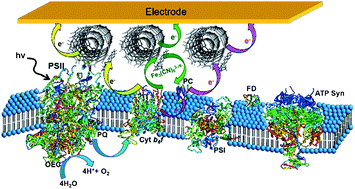
Comments Off on A Focus on Solar Fuels and Artificial Photosynthesis
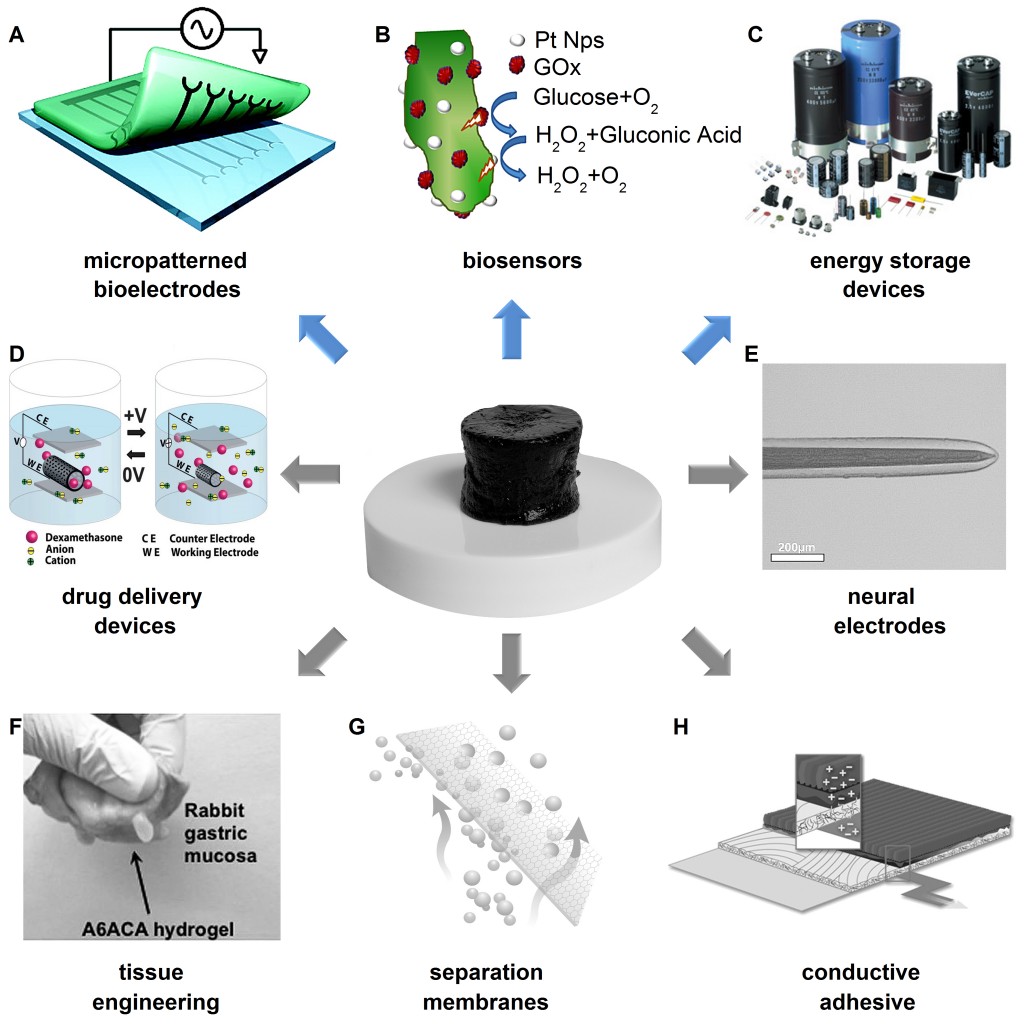











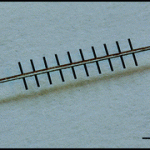
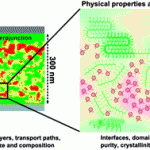
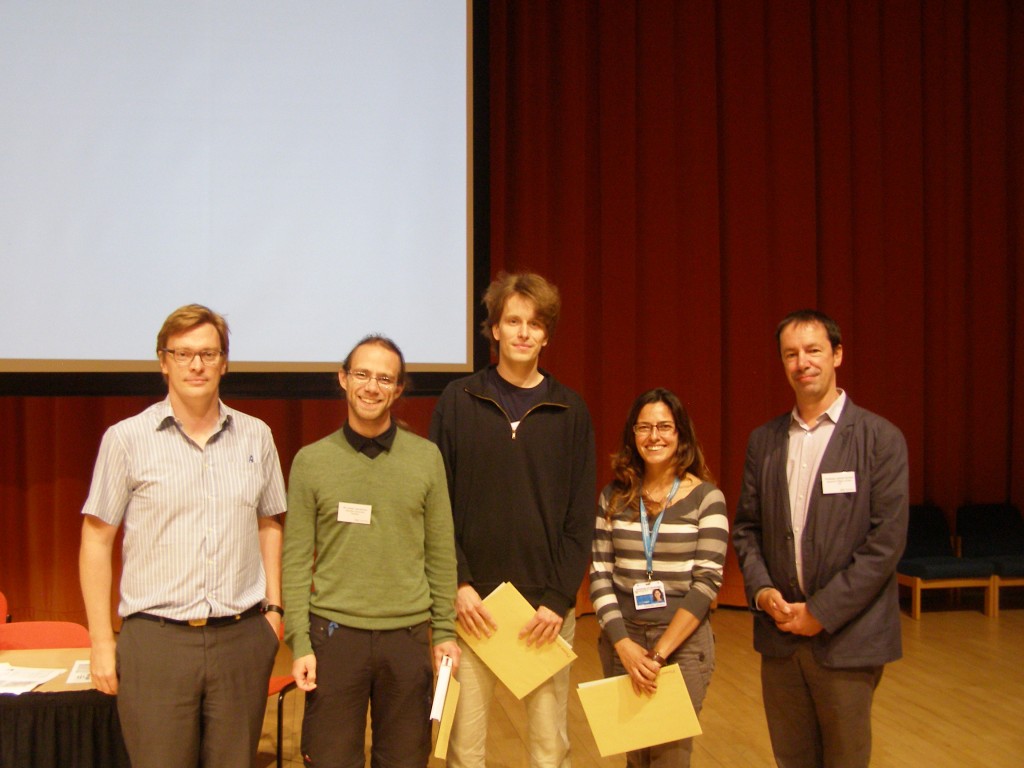
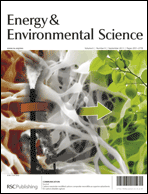 The usage of multiple junctions to cover a broader range of the solar spectrum is used widely in III-V semiconductor solar cells. This approach has been transferred to organic polymer solar cells. By stacking several cells on top of each other, thermalisation losses are reduced and the open circuit voltage is improved. Achievable PCE values are calculated by the authors of the paper “
The usage of multiple junctions to cover a broader range of the solar spectrum is used widely in III-V semiconductor solar cells. This approach has been transferred to organic polymer solar cells. By stacking several cells on top of each other, thermalisation losses are reduced and the open circuit voltage is improved. Achievable PCE values are calculated by the authors of the paper “